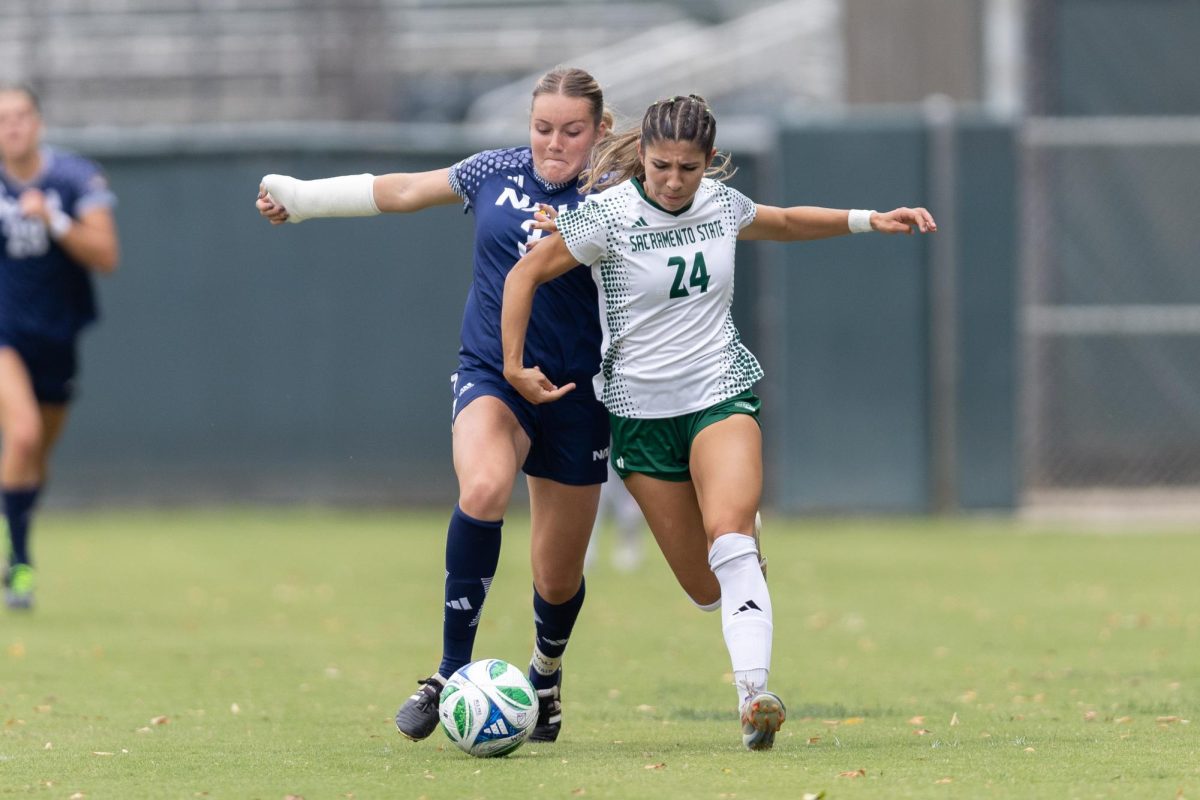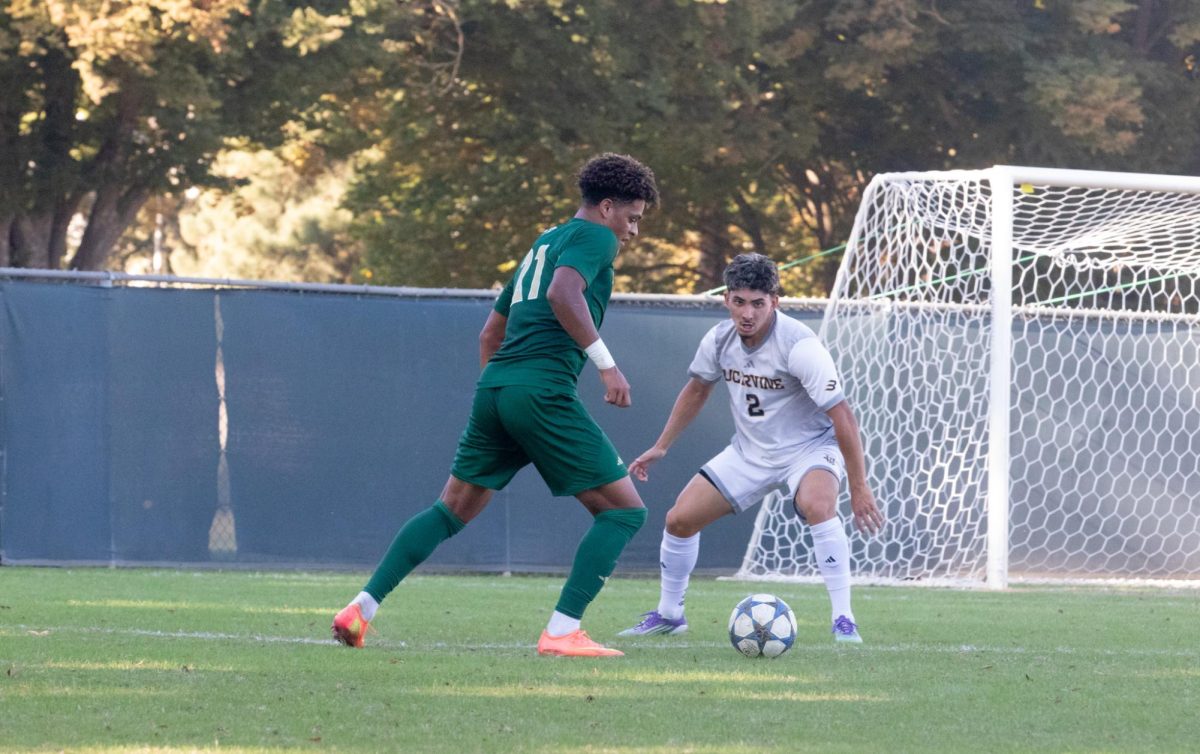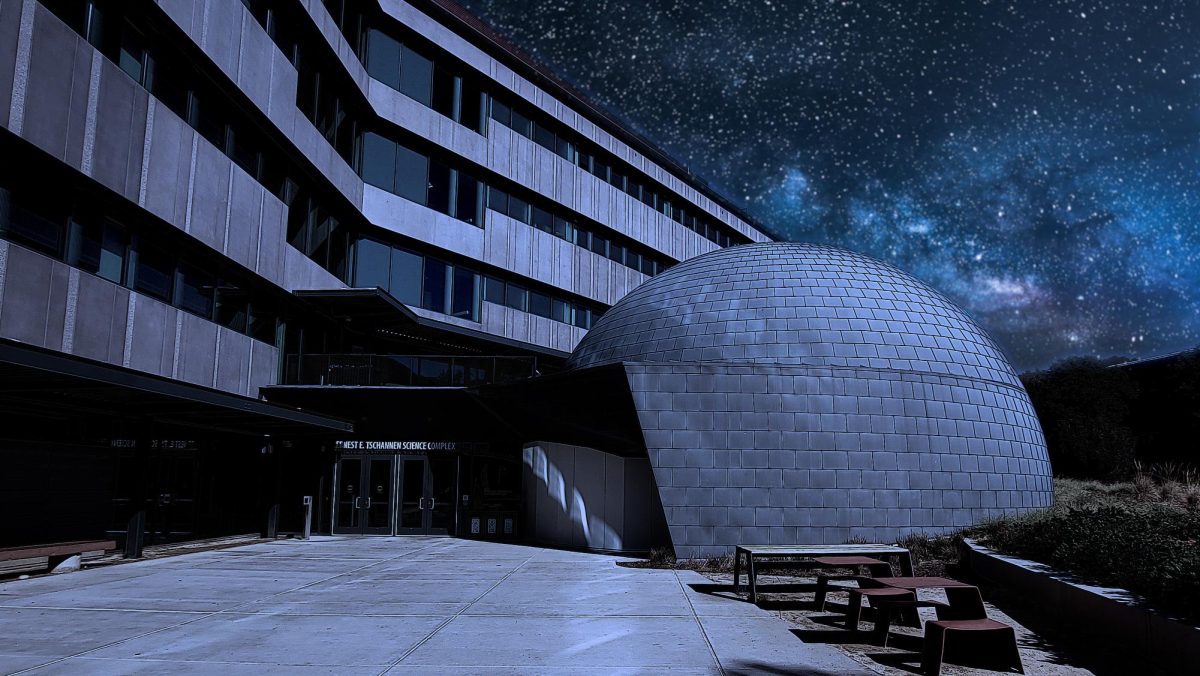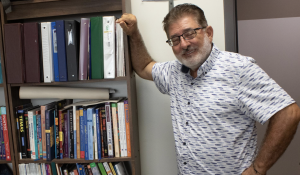Salmon populations decline, cause concern

During Dr. Tim Horner’s lecture in the Redwood room in the Union Tuesday night, he explained how a decrease in gravel on the river bed is directly affecting salmon numbers in the American River. :
November 27, 2008
The American River provides an ideal salmon spawning habitat, but needs restoration after 150 years of harmful human activity, said hydrogeology professor Tim Horner in the latest installment of the Science, Technology, Engineering and Mathematics lecture series on Tuesday.
Salmon populations in the river have declined precipitously in the last five years, from 180,000 in 2001 to 6,000 last year. Horner said the numbers for this year would likely be even lower.
“It amazes me that there are any fish out there at all,” he said.
In the past, the fish have hatched from eggs in gravelly parts of the river, left for the ocean, and returned to the same spot three to four years later.
Problems in the delta region, the ocean, or the river itself could be contributing to the low numbers, Horner said. Plant life in the delta is declining, and interference from pumps and water redistribution projects alters the environment’s natural cycles.
More water is pushed through the delta in the summer than in the winter, since statewide demand for water is higher in summer. But this unnatural over distribution of water in the summer tampers with the natural cycle of high rain water levels in the winter.
According to Horner, delta plant life now stands at a third of what it was 30 years ago and is one of the least productive delta regions in the world.
When salmon reach the ocean, they have a harder time finding food because of a shortage of plant life and planktons. Commercial fishing captures two thirds of the population for human consumption. When recreational fishing on the river is accounted for, three quarters of the fish have been consumed by humans.
Salmon no longer migrate in winter and spring because the dams on the American River prevent them from laying eggs farther upstream. More recent dams are required to include fish ladders, which allow spawning salmon to go past dams and continue upstream. This was not mandatory when Folsom Dam was constructed in 1956.
The dams also block the flow of sediments downstream, which decreases gravel on the river’s bottom. This is the salmon’s preferred habitat because the water flow brings oxygen to the eggs most effectively, Horner said. As a result of the loss of gravel, the river’s channel has become deeper over the last hundred years. Salmon prefer shallow, cold, fast-moving water — conditions that have all changed because of human activity, Horner said.
Horner, along with other researchers, works to monitor ongoing restoration projects, like adding new gravel bars along parts of the river. The projects are similar to the 1999 project at Hazel Avenue and at lower Sunrise, where the city of Sacramento created a new side channel for salmon.
In Europe and on the East Coast, there were once annual salmon migrations. All of these were ended as humans over fished the populations, Horner said.
“Right now we’re at a critical juncture,” he said. “On the West Coast our salmon populations are in decline. Let’s not screw this one up.”
Miguel Moreno, senior biology major, said the presentation made him concerned. “I have a daughter, so I want her to be able to see these great salmon runs,” he said.
Sam Pearson can be reached at [email protected]


























































































































